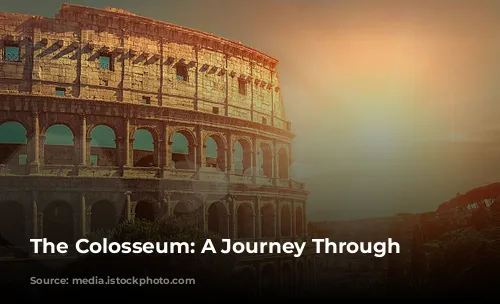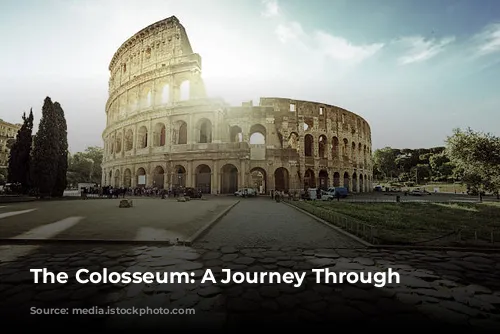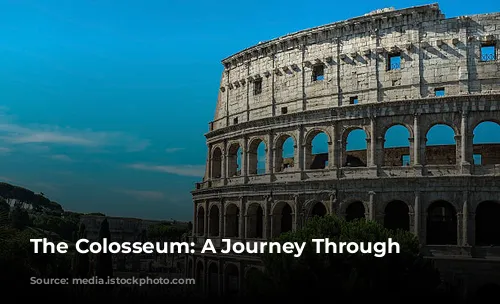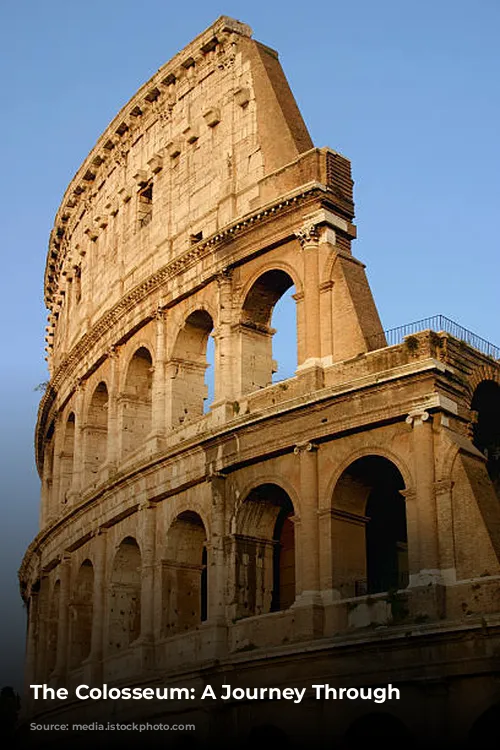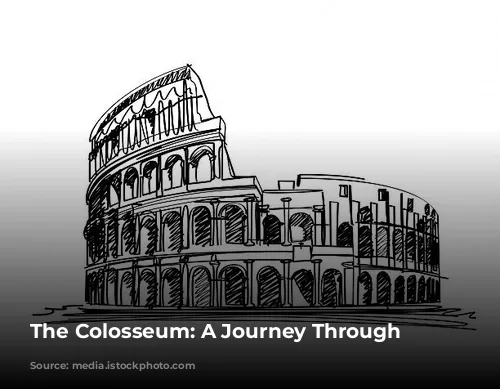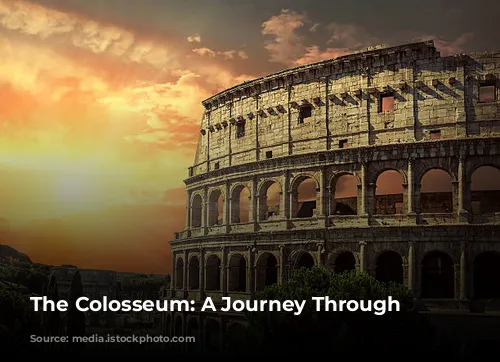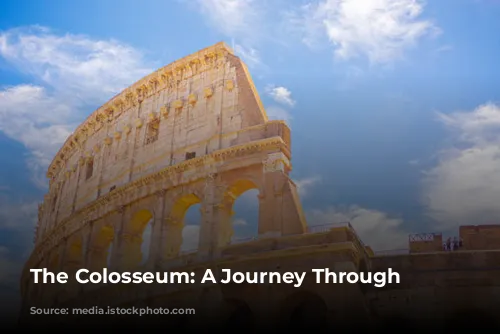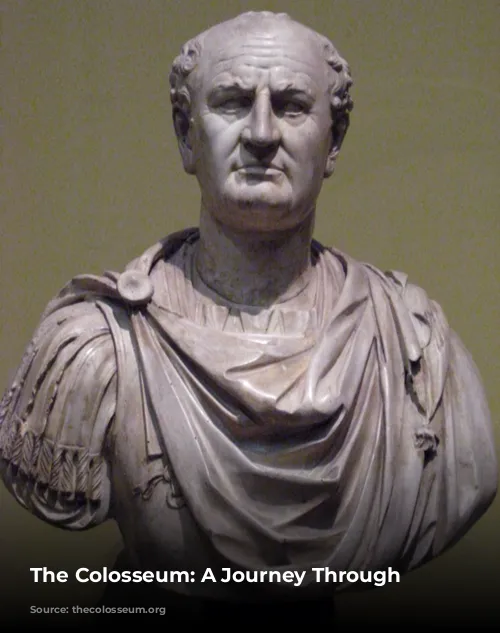The Colosseum stands as a testament to the grandeur and brutality of ancient Rome. This iconic amphitheater, boasting a history spanning nearly two millennia, has witnessed countless spectacles, from bloodthirsty gladiator battles to epic hunts and even gruesome executions. Get ready to be amazed by a fascinating array of facts about this legendary landmark!
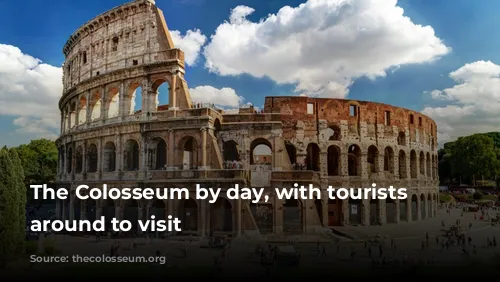
Building a Monument to Power
When was the Colosseum built?
Construction of the Colosseum commenced in 72 AD under the reign of Emperor Vespasian. However, the ambitious project was completed in 80 AD, under the rule of his sons, Emperors Titus and Domitian.
How many people participated in its construction?
Following Rome’s victory in the First Jewish-Roman War, thousands of Jewish inhabitants were taken captive and forced into slavery. It is estimated that between 60,000 and 100,000 of these enslaved individuals were employed in the laborious construction of the Colosseum.
Why was the Colosseum built?
After the devastating Great Fire of 64 AD, Emperor Nero commissioned a magnificent palace, the Domus Aurea, in the heart of Rome. However, this extravagant gesture did not sit well with the Roman citizens. When Nero was deposed and Emperor Vespasian took the throne, he demolished Nero’s opulent palace and ordered the construction of the Colosseum on its site. This grand amphitheater was intended as a place of entertainment for all Roman citizens, a testament to their collective strength and unity.
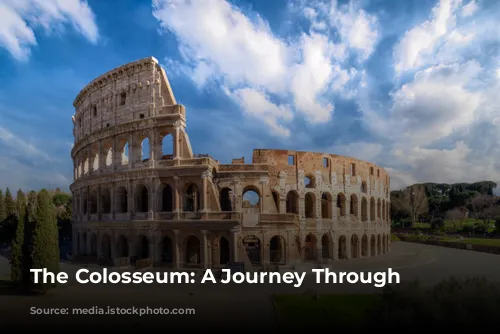
A Closer Look at the Colosseum
What does the Colosseum’s name mean?
Originally known as the Flavian Amphitheater, the Colosseum was named after the Flavian dynasty, who commissioned its construction. However, the name “Colosseum” is believed to derive from the colossal bronze statue of Emperor Nero, which once stood next to the building. This statue, in turn, was modeled after the Colossus of Rhodes, a legendary bronze statue that was one of the Seven Wonders of the Ancient World.
How big is the Colosseum?
The Colosseum’s imposing presence is undeniable. This oval-shaped structure measures 189 meters in length, 156 meters in width, and 48.5 meters in height. The building covers a massive 6 acres, a testament to its sheer scale.
How many arches do the Colosseum have?
The Colosseum’s outer walls are adorned with three tiers of columns, each in a different style: Doric, Ionic, and Corinthian. Each level boasts 80 arches, with 76 of them bearing Roman numerals for easy navigation. These arches served as guides for spectators to find their designated seats. Today, only 31 of the original 80 arches at ground level remain intact, offering a glimpse into the building’s ancient splendor.
What material was the Colosseum built from?
An estimated 100,000 cubic meters of travertine stone were used in the Colosseum’s construction, quarried from Tivoli, 20 miles away. These massive stone blocks were held together by thousands of iron clamps, creating a robust and enduring structure.
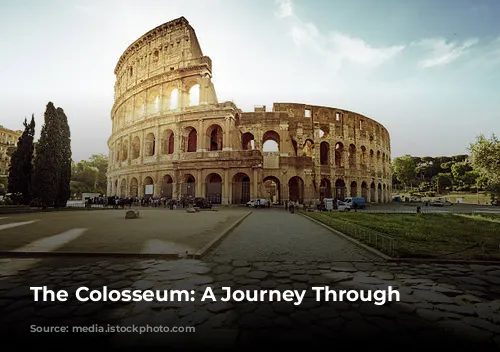
The Colosseum’s Hidden Depths
What is underneath the Colosseum?
The Colosseum’s Hypogeum, meaning “underground,” is a complex network of tunnels and chambers that served as holding areas for gladiators, animals, and prisoners before they entered the arena. Eighty vertical shafts connected the Hypogeum to the arena floor, allowing for the swift and dramatic entry of performers. A sophisticated system of trap doors allowed for the deployment of scenery elements, adding an element of surprise and spectacle to the events.
How many spectators could the Colosseum seat?
The Colosseum’s vast dimensions allowed for an impressive capacity. It could accommodate between 50,000 and 80,000 spectators, creating a truly immersive and electrifying atmosphere for the events taking place within its walls.
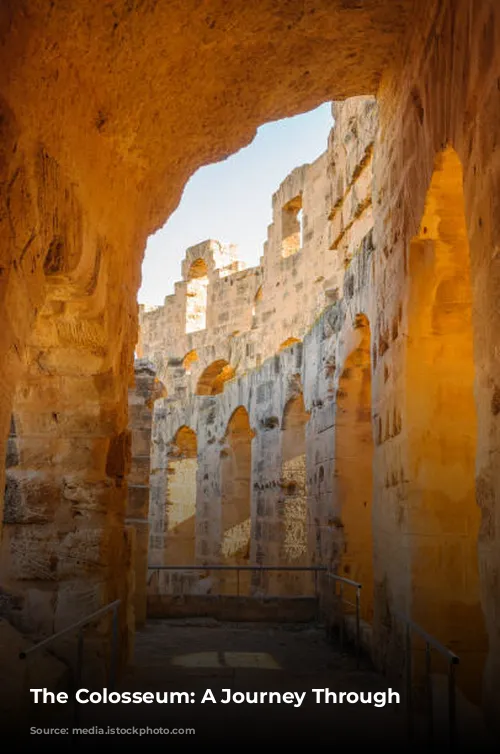
The Dark Side of Entertainment
How many people died in the Colosseum?
While the exact number remains shrouded in history, it is estimated that as many as 400,000 people perished within the Colosseum over its 350 years of operation. This tragic toll includes gladiators, slaves, convicts, prisoners, and various entertainers, highlighting the brutal nature of the spectacles staged in this iconic arena.
What animals were used in the Colosseum?
A wide array of animals were used in the Colosseum, from fearsome predators to majestic creatures. Lions, tigers, wolves, bears, leopards, wild boar, elephants, hyena, buffalo, hippopotamus, crocodiles, and even giraffes graced the arena, often participating in staged hunts or serving as “executioners” for those condemned to die.
How many animals were killed in the Colosseum?
The exact number of animals killed in the Colosseum is unknown, but based on historical accounts and estimates of events held, the figure is believed to be in the millions. Some accounts suggest that the Colosseum contributed to the eradication of certain animal species from nearby regions, a sobering reminder of the impact of these spectacles.
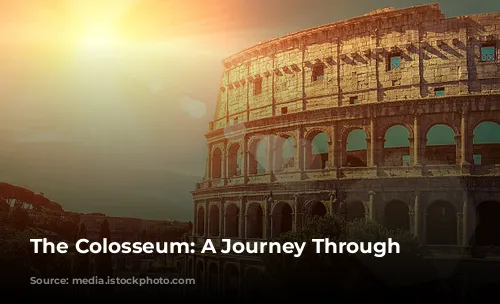
Spectacles of Blood and Glory
What types of spectacles were put on in the Colosseum?
The Colosseum’s most renowned spectacles were the gladiator battles, but it also hosted hunts, executions, and even staged naval battles called Naumachia, for which the arena was flooded.
Were gladiator fights as bloody as is believed?
While the popular image of gladiator fights is often one of unrestrained violence, they were actually more structured. Fighters were classified based on their size and fighting style, and referees and doctors monitored the matches. Many fights did not end in death, and successful gladiators could achieve fame and fortune. However, this doesn’t mean the fights were bloodless; they were simply less chaotic than often imagined.
Were Christians martyred in the Colosseum?
While many people perished in the Colosseum, it is difficult to confirm the specific circumstances of any Christian martyrs. While there are stories, they lack conclusive historical evidence linking specific Christian martyrs to the Colosseum.
Did the events depicted in the movie Gladiator really take place?
Commodus was a real Roman Emperor, known for his obsession with gladiatorial combat and bloodsports. However, while he did participate in arena events, he often faced weakened opponents or non-predatory animals, displaying a sadistic streak that alienated many Roman citizens. His eventual downfall, however, did not involve a heroic gladiator, as portrayed in the movie.

The Colosseum’s Legacy
When was the Colosseum last used to host fights?
While the exact date remains uncertain, the last recorded gladiator battles took place in the year 435. The Colosseum continued to be used for hunts for another century, but eventually, these spectacles ceased as well.
Why did gladiator fights in the Colosseum stop?
Contrary to popular belief, the decline of the Roman Empire and its shift towards Christianity were not the primary reasons for the end of gladiator fights. The Colosseum, in a state of disrepair, required significant resources for upkeep, and the cost of maintaining gladiators and procuring wild animals became unsustainable.
What catastrophes has the Colosseum suffered?
Over the centuries, the Colosseum has been ravaged by fires, earthquakes, and the ravages of time. It has been damaged and rebuilt multiple times, testament to its enduring strength and the significance it holds in the hearts of Romans and the world.
What has the Colosseum been used for other than as an arena?
Throughout its long history, the Colosseum has been repurposed for various uses, including a cemetery, a place of worship, housing for artisans and merchants, a home for a religious order, a fortified castle, and most recently, a popular tourist attraction.
How many people visit the Colosseum every year?
The Colosseum is a global icon, attracting over 7 million visitors annually. This number has surged in recent years as tourism has rebounded after the pandemic.
The Colosseum stands as a testament to Rome’s enduring legacy. Its crumbling walls whisper tales of grandeur, brutality, and the enduring power of entertainment. From bloody battles to grand hunts, the Colosseum served as a stage for the rise and fall of civilizations. Today, this magnificent structure continues to enthrall and inspire, inviting visitors to step back in time and experience the heart of the Roman Empire.
